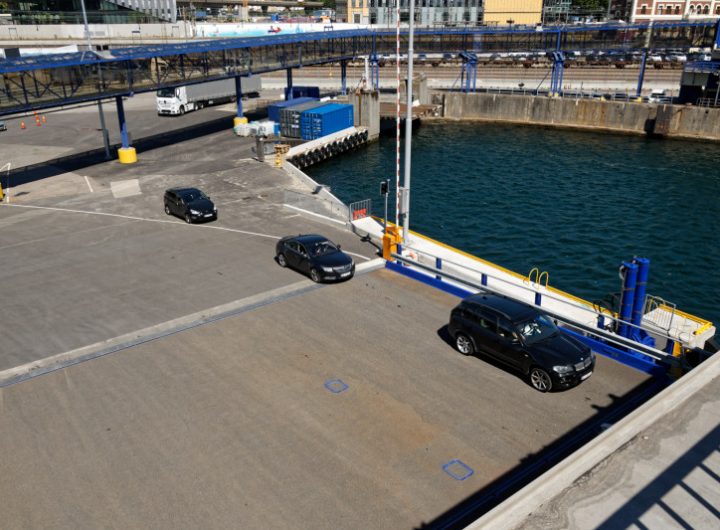

It would take at least eight months to resume production, until when, aircraft output would fall from 80 to 30 aircraft per day. The main Soviet need in 1941 was military equipment to replace losses because, at the time of the negotiations, two large aircraft factories were being moved east from Leningrad and two more from Ukraine. The USSR turned out to lack the ships and escorts and the British and Americans, who had made a commitment to "help with the delivery", undertook to deliver the supplies for want of an alternative. The first protocol specified the supplies to be sent but not the ships to move them.

The protocol listed supplies, monthly rates of delivery and totals for the period. The representatives of the three countries drew up a protocol in October 1941 to last until June 1942 and to agree new protocols to operate from 1 July to 30 June of each following year until the end of Lend-Lease. In September British and US representatives travelled to Moscow to study Soviet requirements and their ability to meet them. Before September 1941 the British had dispatched 450 aircraft, 22,000 long tons (22,000 t) of rubber, 3,000,000 pairs of boots and stocks of tin, aluminium, jute, lead and wool. Russian map showing Arctic convoy routes from Britain and Iceland, past Norway to the Barents Sea and northern Russian portsĪfter Operation Barbarossa, the German invasion of the USSR, began on 22 June 1941, the UK and USSR signed an agreement in July that they would "render each other assistance and support of all kinds in the present war against Hitlerite Germany". Harmatris sailed for Archangelsk on 21 July Not until Convoy QP 14 (13–26 September 1942) was Harmatris able to make the return journey. Harmatris was stranded in Russia by the winter weather, a lack of labour to repair the torpedo damage, frequent air attacks on Murmansk by the Luftwaffe and the cessation of convoys after the disaster of Convoy PQ 17. The rest of the convoy reached Murmansk that day Harmatris was towed into harbour on 20 January. On 17 January, U-454 of wolfpack Ulan damaged the merchant ship SS Harmatris and sank the destroyer HMS Matabele with the loss of all but two of its crew, when the convoy had almost reached Murmansk. Having ignored earlier convoys, the Germans had begun to reinforce their forces in Norway and assembled the first U-boat wolfpack in the Arctic against PQ 8. On 12 January the convoy had to turn south to avoid ice the weather was calm, visibility was exceptional, with a short period of twilight around noon. The convoy left Iceland on 8 January 1942. Convoy PQ 8 (8–17 January 1942) was an Arctic convoy of the Western Allies to aid the Soviet Union during the Second World War.


 0 kommentar(er)
0 kommentar(er)
